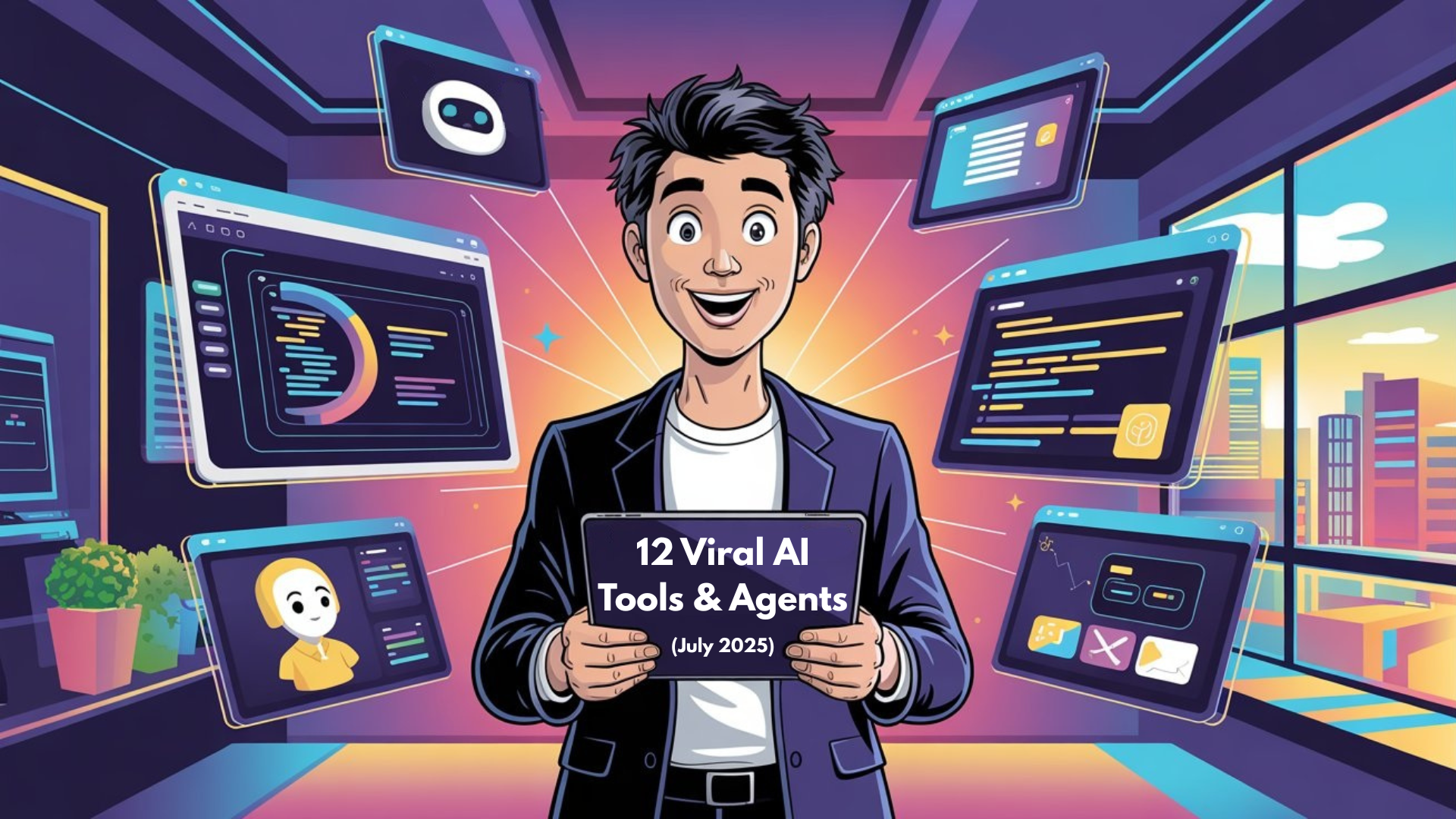OpenAI Launches ‘Study Mode’: Turning ChatGPT into a Personalized Tutor for Step-by-Step Learning

OpenAI has launched a new ChatGPT Study Mode, offering learners a new learning experience that helps them work through problems step-by-step instead of just getting an answer. In the most recent tweet, OpenAI stated that ChatGPT has become the go-to tool for students; they want to ensure that it encourages deeper understanding and learning.
We know that AI’s classroom presence has grown in recent times, so do the questions: Are these AI tools genuinely helping us understand the material, or are they just giving quick answers that disappear once the browser closes?
What is the new ChatGPT Study Mode?
That’s where this new ChatGPT Study Mode steps in as a new feature that can turn passive answer-seeking into active, step-by-step learning. This is where ChatGPT truly becomes a hands-on tutor who won’t just give you the answer and move on. Instead, it guides, quizzes, and nudges you to think, making sure you actually get what’s going on before you click away.
How Study Mode Works
Traditional ChatGPT chats often turn into answer vending machines. Study Mode inserts “productive friction.” Ask a trigonometry question and, before showing any sine or cosine, ChatGPT probes your current understanding, offers a scaffolded outline, and checks whether the explanation sticks. The system runs on carefully engineered instructions drafted with learning‑science researchers from roughly 40 institutions; OpenAI can tweak those instructions quickly while it gathers student feedback.
Main Features and Highlights of New ChatGPT Study Mode:
- Interactive Prompts: Instead of spilling out answers, Study Mode uses guiding questions, hints, and self-reflection nudges. The aim? Help you connect the dots and genuinely understand a topic, much like a real-life tutor might.
- Step-by-Step Guidance: Rather than providing immediate answers, the feature works with students incrementally, helping them get to the correct answer.
- Scaffolded, Easy-to-Follow Explanations: To cut down on confusion, information is packaged in organized, digestible steps—highlighting key ideas and keeping overwhelm in check, even when unraveling complex concepts.
- Personalized Learning: Study Mode adapts its approach based on your skill level and learning history (drawing from previous chats). The result is support that feels custom-fit, whether you’re skimming the basics or going deeper.
- Knowledge Checks: Regular quizzes and open-ended questions are sprinkled throughout. Get instant, personalized feedback—so you know what’s sticking, and what needs another look.
- Flexible On/Off: You can toggle Study Mode however you like, turning it into an always-on tutor, or dipping in when you come across a tricky question.
The Science Behind the Scenes
Study Mode’s “teaching style” comes from ongoing collaborations between OpenAI and a blend of teachers, cognitive scientists, and learning experts. The engine relies on research-backed methods: keeping you engaged, preventing info overload, and encouraging reflection. There’s even a dash of Socratic questioning—think more “Why do you think that happened?” than “Here’s the answer.”
What Real Students Say
Early feedback from college students reads like reviews of a favorite professor: “An all-knowing, 24/7 office hour.” Others praise how it breaks down tough topics into easily digestible bits, and that it’s patient—never tapping its foot if you ask the same thing twice.
How to Use It
Find the “Study and learn” tool within ChatGPT (it’s available to all logged-in users: Free, Plus, Pro, and Team, with Edu coming soon). Set your learning goals, choose your topic, and let Study Mode walk you through custom steps.
0:00
What’s Next
This is just the starting line. OpenAI plans to keep tuning the experience—adding clearer visuals, enhanced goal tracking, and even deeper personalization—based on more research and student feedback. Collaborations with education experts at Stanford and partnerships like NextGenAI are fueling this continuous learning engine, trying to reimagine how AI can truly boost understanding, not just get you to the right answer.
Conclusion
The new ChatGPT Study Mode isn’t trying to replace teachers or traditional learning. Instead, it’s an attempt to make AI a real educational partner—encouraging curiosity, critical thinking, and mastery rather than shortcuts. As more students test it out and experts weigh in on what works, one thing feels clear: the future of learning with AI is about guidance, not just graduation from one answer to the next.
AI Tools Club





